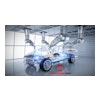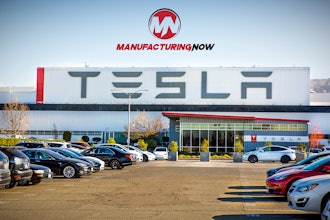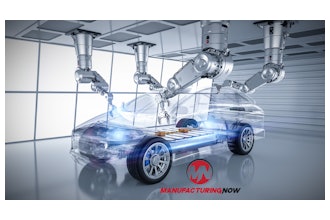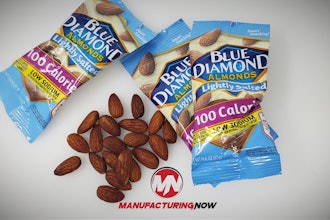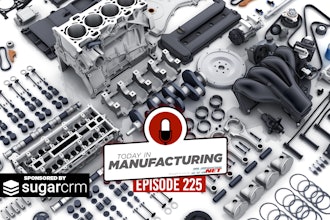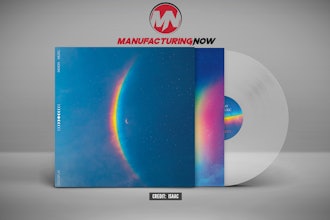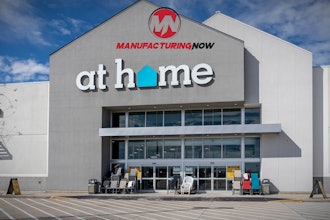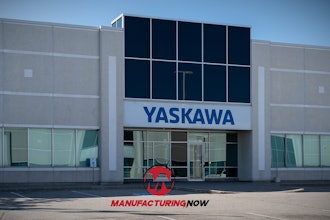The decarbonization of the HVAC/R industry is on full display with many manufacturers opting to showcase the increased efficiency of heating and cooling appliances and equipment.
This is largely because legislators worldwide have set net-zero targets for the carbon dioxide (CO2) expelled into the atmosphere. Manufacturers are designing a new generation of heat exchangers with more advantages over present designs.
These new heat exchangers have copper tubing designed with an even smaller diameter (5 mm copper tube) than competing heat exchanger designs, allowing for a better-performing product with higher internal and external heat transfer coefficients.
To help us dive more deeply into this topic, I’m excited to bring Marcus Elmer, Director of Tube and Fittings with the Copper Development Association, into the conversation.
He’s responsible for identifying and influencing market trends, opportunities, and threats for copper tube and fittings products through the development and execution of strategic programs involving technical research, codes and standards, advocacy, and education.



